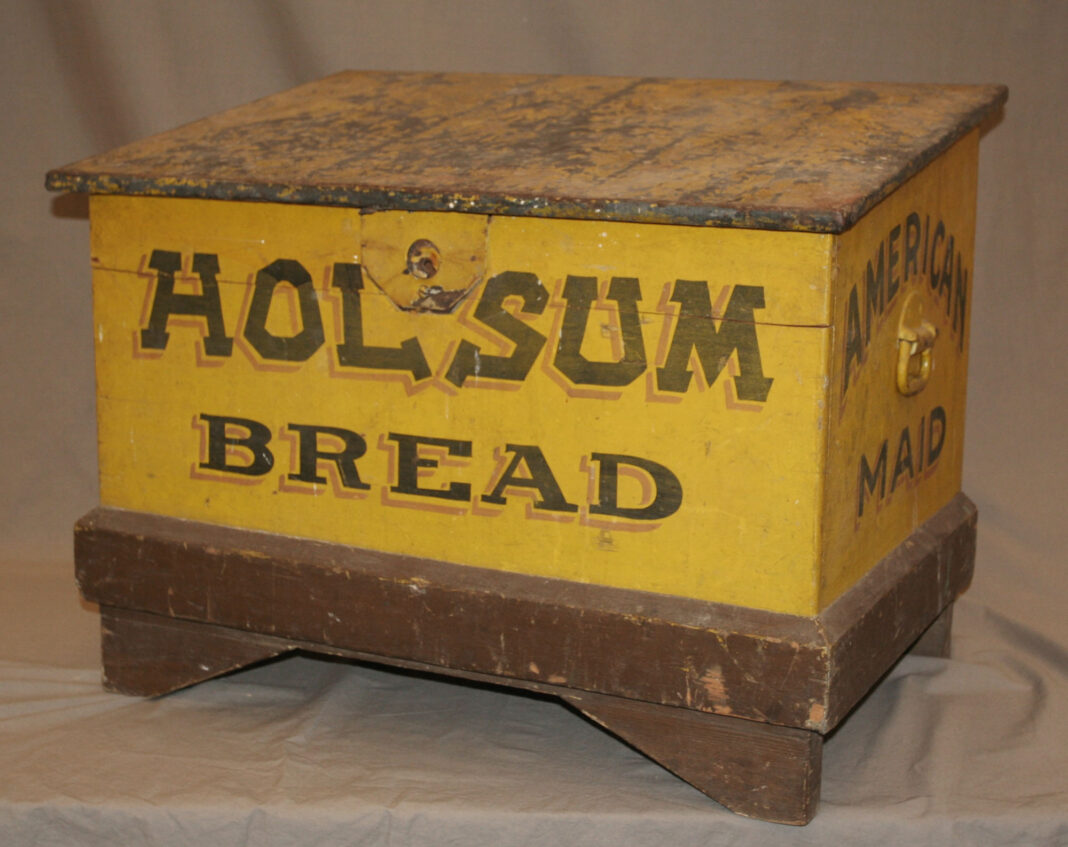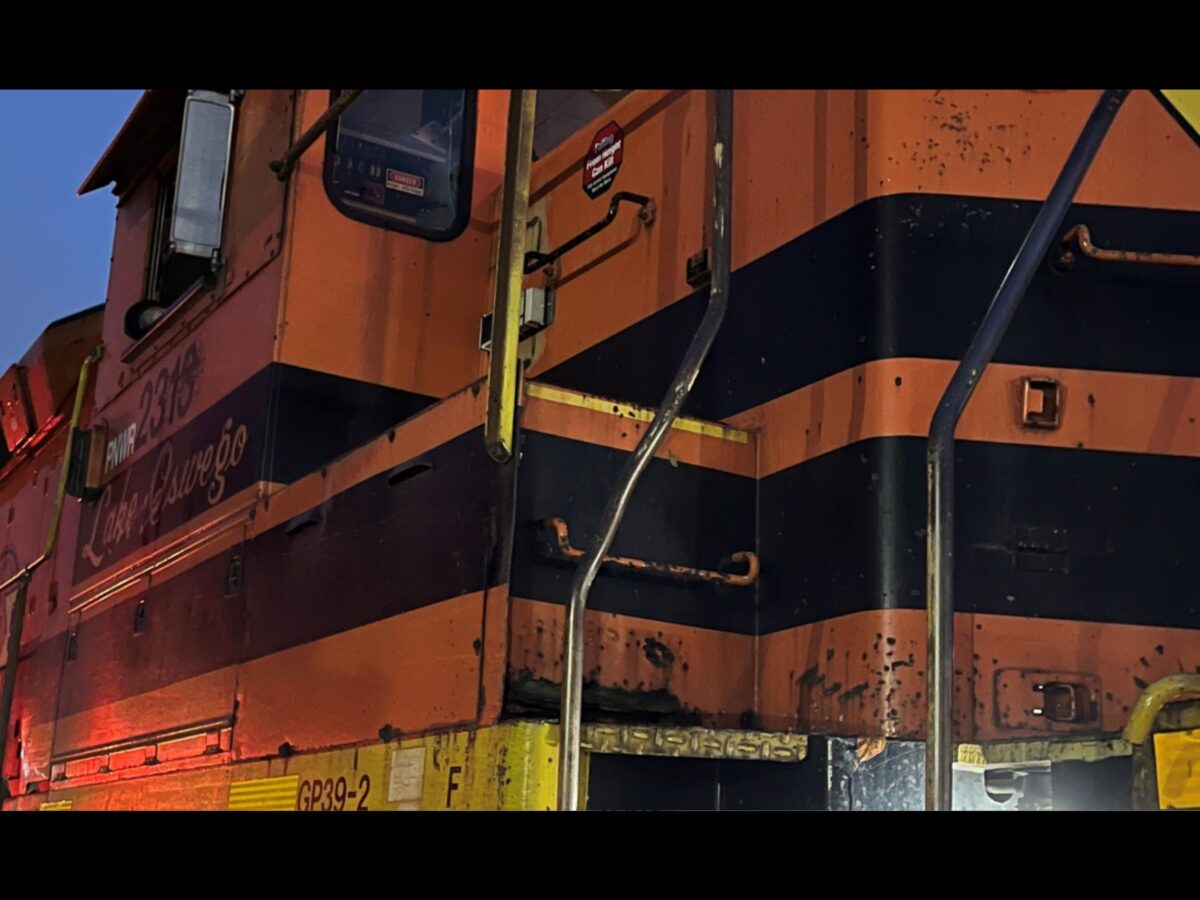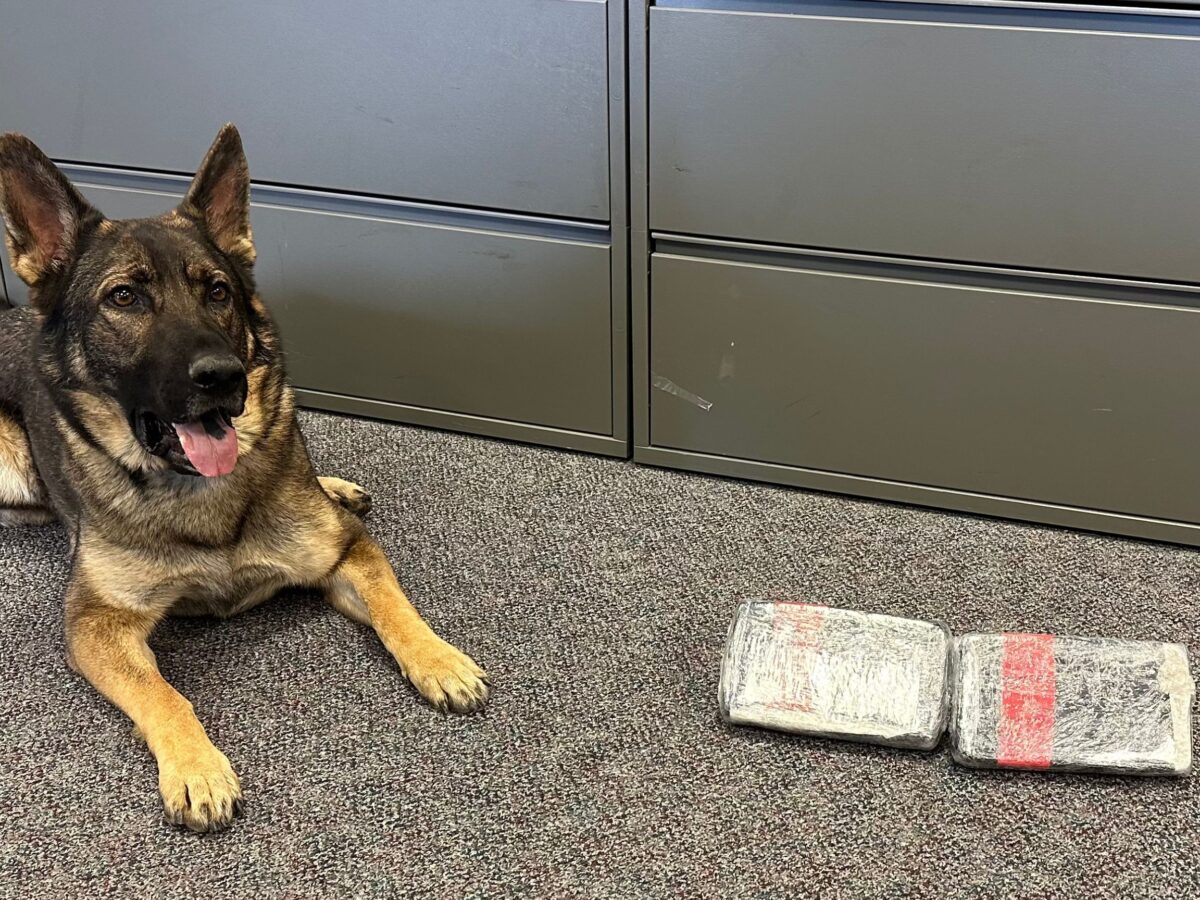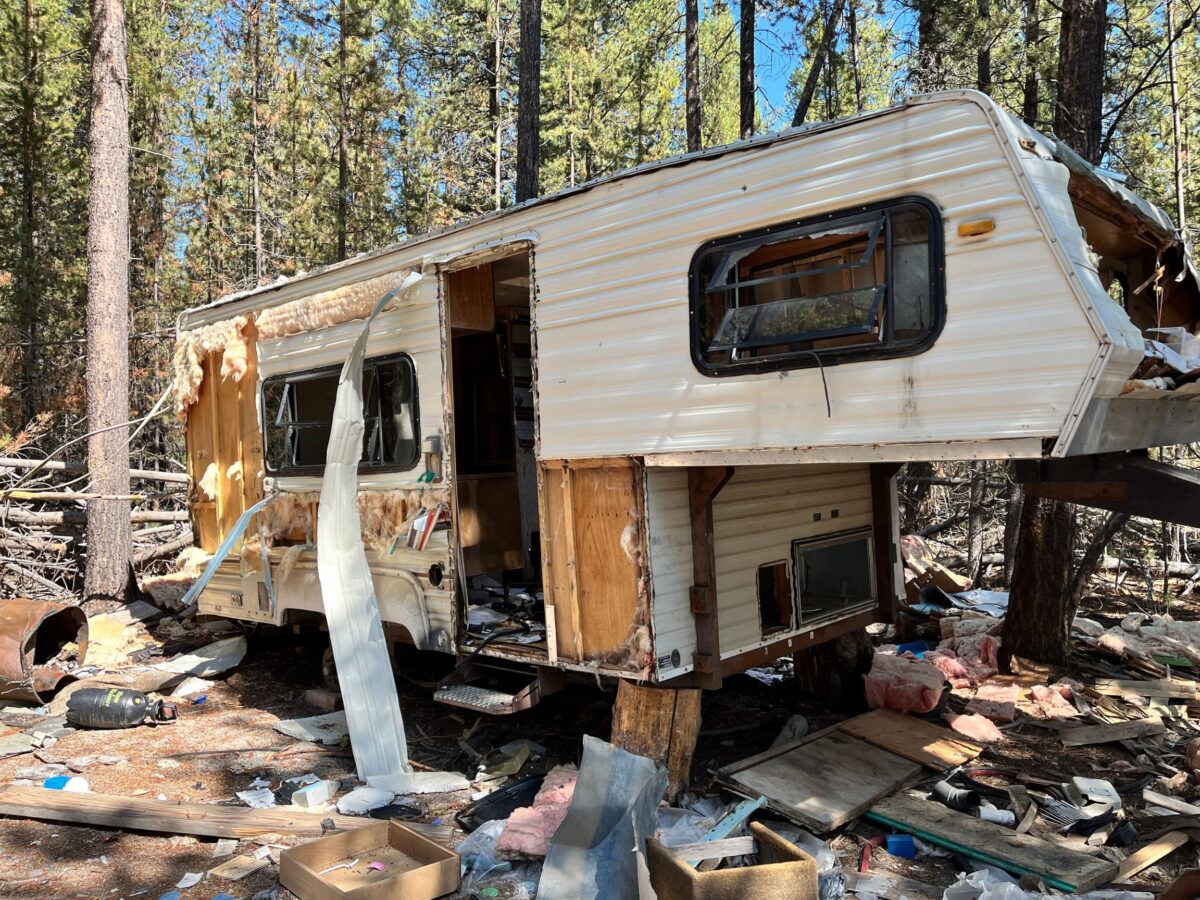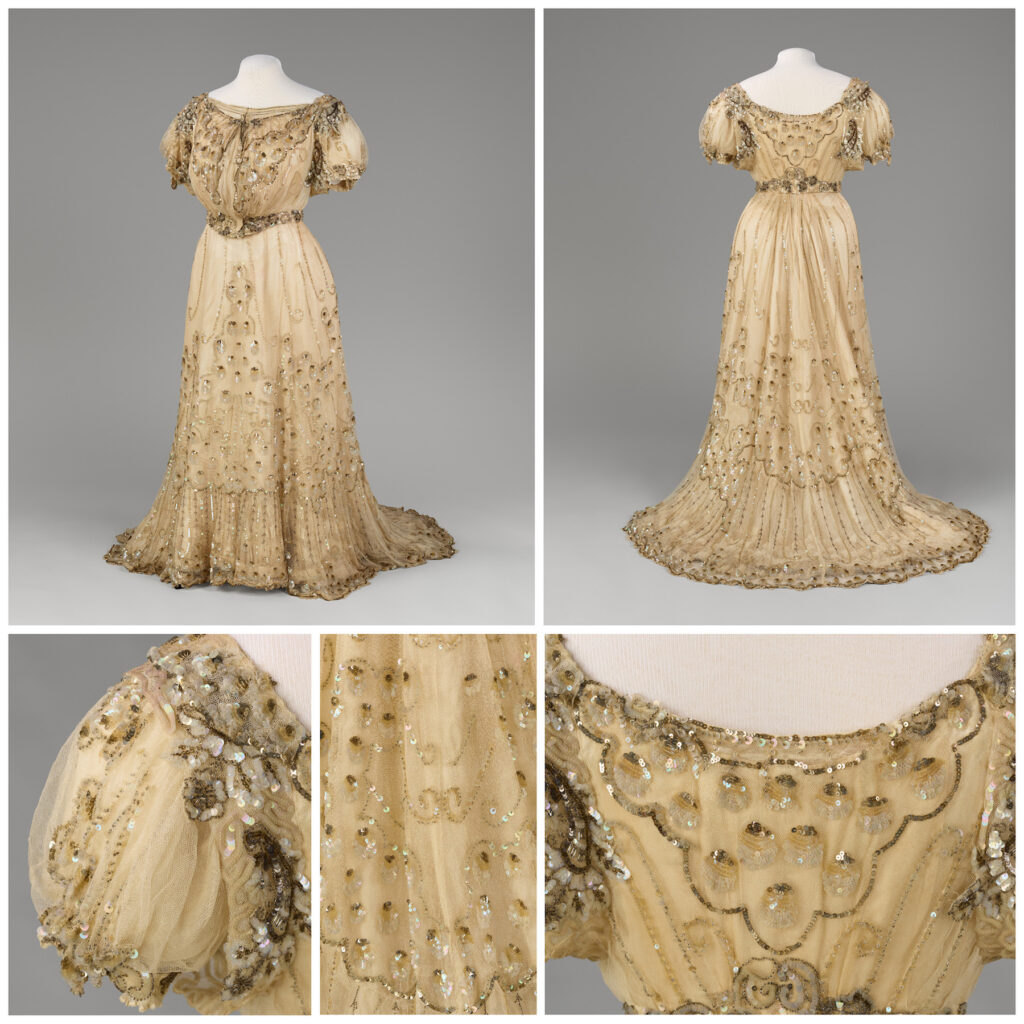
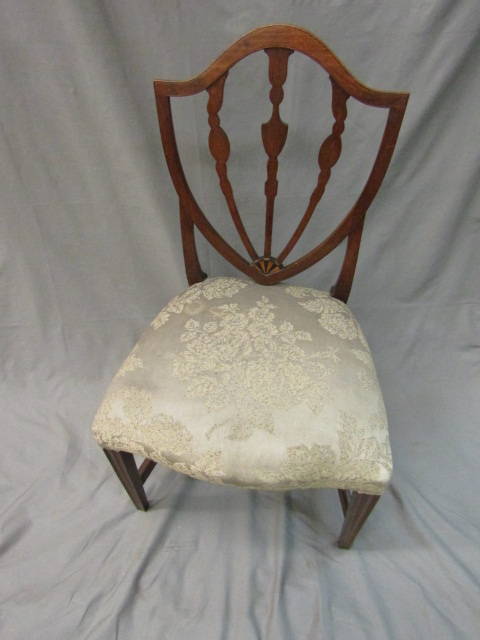
The Oregon Historical Society announced the launch of its Museum Collection Portal — a public, online database highlighting the incredible objects in the museum’s care. OHS’s museum preserves over 75,000 objects that document the history of the region, which includes clothing and textiles, Native American belongings, artworks, vehicles, equipment, and everyday items. At launch, the Portal provides access to the records for over 10,000 of these objects, with new records being added regularly.
Users can connect to these historical objects by searching by name, description, maker, or date(s). Pre-filtered searches are another great way to explore the Portal, and users can experience OHS’s collections through broad subjects such as the Oregon Trail, the Lewis and Clark Centennial Exposition, or quilts. Users can also browse recent acquisitions to the museum collection as well as learn more about the over 350 objects on view in OHS’s permanent exhibition, Experience Oregon. Each object record includes an image of the object along with its provenance — the history of the object’s ownership.
Featured collections at launch:
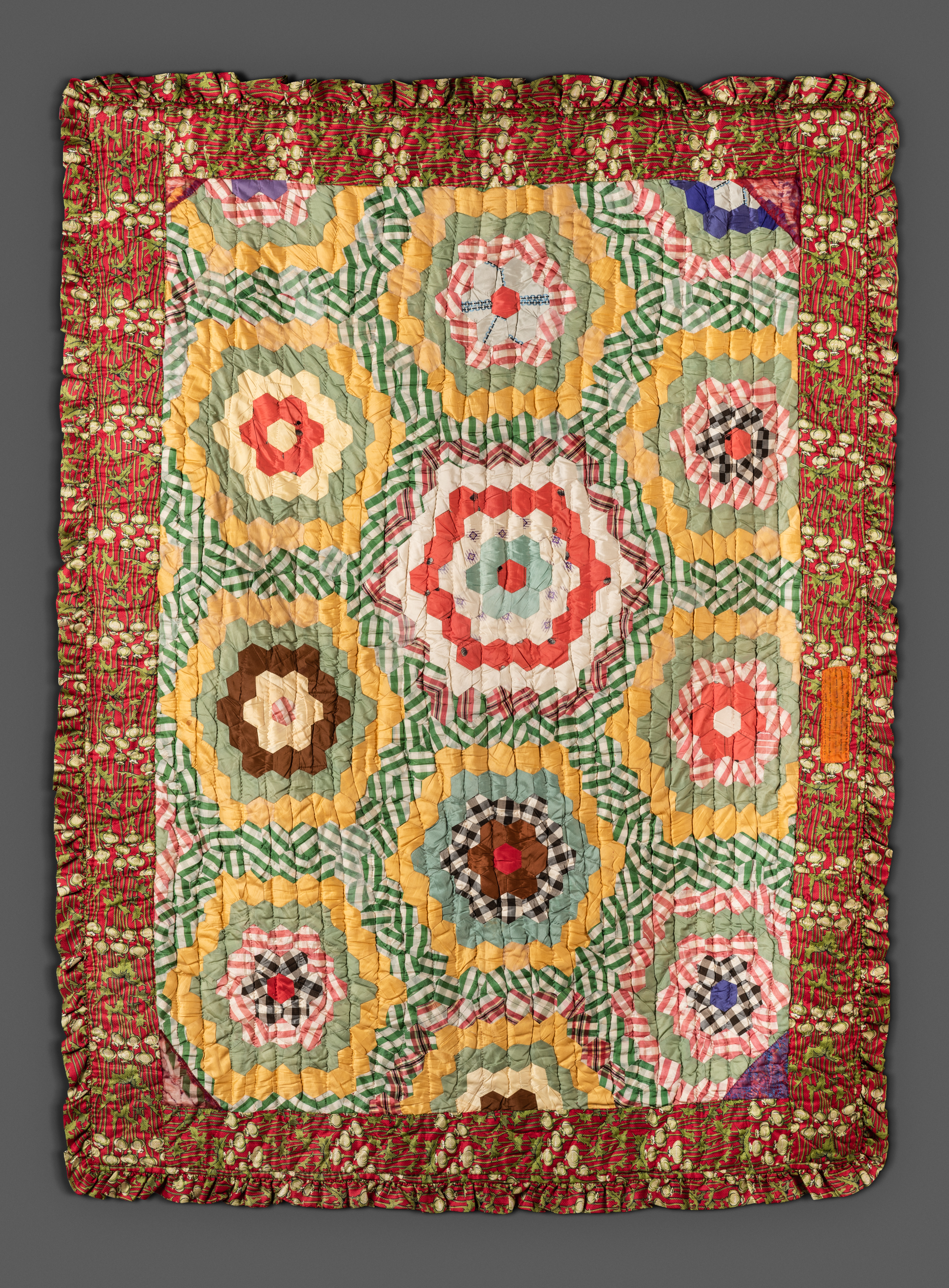
- Merchandising materials and other objects relating to the Yasui Bros. Grocery, a pre-WWII, Japanese-owned general store in Hood River, Oregon. Masuo Yasui and his brother Renichi owned the store for more than thirty years. The collection also includes a small group of items from WWII incarceration camps as well as recollections within the object records from Masuo Yasui’s son, Homer Yasui.
- Over 80 quilts recently rehoused and photographed for the portal. Highlights include OHS Museum, 2018-31.1.1,.2, a quilt made by Dora Boles Frink that won a blue ribbon for its centennial themed design at the 1959 Oregon State Fair; and OHS Museum, 62-377, a feathered star variation quilt made by Rebecca Davis Layton around 1815 and brought over the Oregon Trail by her sons.
- Miniature vehicles and related scenery constructed by Ivan Collins. Collins was an accomplished model-maker who created historically accurate models of horse-drawn vehicles using painstaking research to ensure that every detail was authentic. Built at 1/8 scale, these models represent those used when Euro-Americans arrived in the western United States, particularly Oregon.
- Pro- and anti-Rajneeshpuram memorabilia. The Oregon Rajneesh commune, Rancho Rajneesh, located on the former Big Muddy Ranch near Antelope, Oregon, operated between 1981 and 1985. The commune quickly established control of the school, police, and municipal services of Antelope (renamed Rajneeshpuram) and converted them to Rajneesh-oriented operations.
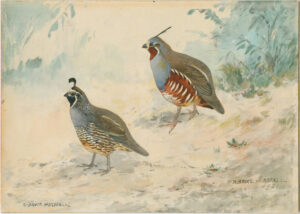
The launch of this exciting new tool aligns with OHS’s mission to make history accessible to everyone and marks the culmination of a decade of preparation and hard work. Launching the Portal required improved cataloging of many objects including taking photographs, documenting item dimensions, and conducting research around each object’s provenance.
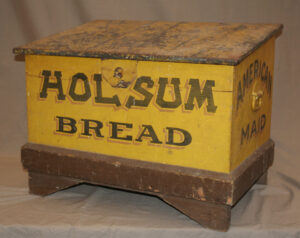
“The Portal is an important tool for researchers, students, and curious individuals around the world,” said OHS Deputy Museum Director Nicole Yasuhara. “We hope that users will discover the amazing objects that OHS stewards, and in doing so, will learn something new about Oregon history. Every day that the museum collection staff handles or catalogs an object, we learn something new, and we hope to bring that knowledge to our community and beyond.”
OHS hopes that by making its museum collections accessible through the Portal that users will discover more stories from Oregon’s past, whether they are someone researching their family history, a teacher looking for ways to engage students with primary source materials, or a museum professional looking for objects to borrow for an exhibition.
The public can begin exploring OHS’s museum collection at museumcollection.ohs.org.



